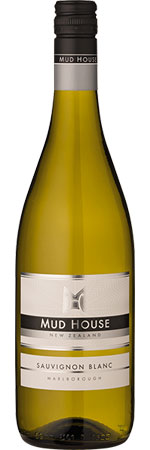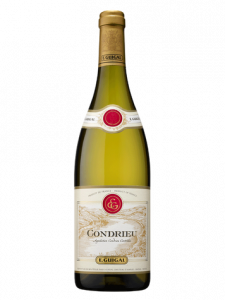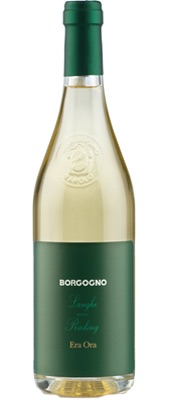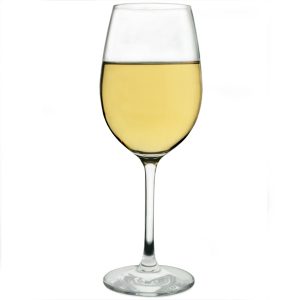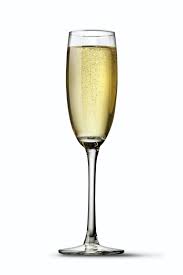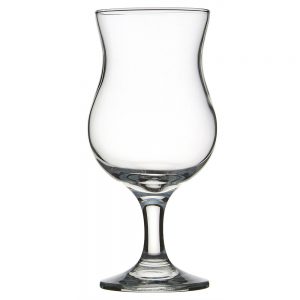Tasting note – Pale lemon colour. Lifted aromatic nose of snow pea, citrus and passionfruit. A well balanced wine. The palate fills with fresh greens and ripe tropical flavours. The crisp grapefruit like acidity extends the palate to a long and mouth-watering finish.
Tag Archives: white wine
E. Guigal Condrieu 2016, Rhone Valley, France
Tasting note: Brilliant clear golden yellow colour. Intensely flowery nose reminiscent of violets, apricot, peaches and citrus fruit. Fresh, round, rich, unctuous and full bodied palate. Harmonious with light acidity and round fleshy fruits. A delicate and elegant wine overall.
Borgogno Era Ora Riesling 2015, Langhe DOC, Piedmont, Italy
Cloudy Bay Sauvignon Blanc 2017, Marlborough, New Zealand
Do’s and Don’ts of Drinking Wine – Asian Age
Do’s and Don’ts of Drinking Wine
The first do when drinking wine is that you don’t need to worry about saying the right thing or perceiving the aromas and flavours as anyone else does. Wine is wonderfully subjective and your appreciation of it depends on the time of day, how much wine you drink, what you usually eat or drink, your mood and of course most importantly your own preferences. Do trust your own instincts and form your own opinions.
The wine world comes across intimidating at times but it really isn’t and once you get into it you will find that it is not that complicated either.
A couple of things you should do. Ensure your wine is at the right temperature. Too cold and you will not be able to taste or smell all the aromas and flavours, if too warm the wine will come across flabby and flat. Ideally wine should be drunk at 11 degrees Celsius for whites, 6 degrees Celsius for sparkling and sweet wines and 16 to 18 Degrees Celsius for reds.
Do drink your wines in the right glassware. The shape, size and thickness of the glass all matter and also of course the cleanliness of the glass. If you’re going to pursue discovering wine, I would recommend spending a little money on good glassware. Incorrect glassware can destroy even the best of wines. If in your trip on discovery road you intend building a collection at home it would be wise to buy a wine fridge to store your wines at the right temperature. Do not keep your wines at the back of your cupboard where they can be subjected to 40-degree heat.
Do allow some reds wines to breathe. Open the bottle and keep it open for some time depending on the wine you are about to have or pour the bottle into a decanter to speedup the process. You could also simply rotate the wine in your glass to enhance its offerings to you. Wine opens up as it comes into contact with air and releases otherwise hidden aromas.
Please do experiment with our local cuisines and cuisines from all over the world with wine. We have some of the greatest culinary traditions on the planet and not drinking wine with our food is a shame.
Do experiment, get a bunch of people together and constantly try new wines. The world of wine is very large with many countries, regions and grape varieties producing a plethora of styles for you to discover.
We even have a wine-growing region in our very own backyard – Nasik/Akluj/Nandi Hills to name a few and you will find that there is great quality being produced here itself.
Do not put ice in your wine, do not fill it all the way to the top and please do hold the wine by the stem of the glass and of course don’t be disappointed if the wine you have bought is not to your liking. Move on and do try the next.
Written by -Nikhil Agarwal
Sommelier & CEO, All Things Nice
Glassware – Wine
There is a large range of glasses that can be used for service of wine which comes of different shapes and sizes with each designed to emphasize a particular wines characteristic. The use of the correct wine glasses enhances the drinking experience. There are different types of glasses the common few are:
Red wine
Red wines are best served in larger sized glasses which allow air to come in contact with the wine at a larger surface which helps to develop the aromas and flavours, also aromas are easier to smell when the wines are swirled around.
White and Rose wine
White and Rose wines require medium sized glasses so that the fresh, fruit characteristics are gathered and directed towards the top of the glass
Sparkling wine
Sparkling wines are served in Flute glasses. Flute is a stem glass with a tall, narrow bowl. This shape enhances the effect of the bubbles allowing them to travel the larger area of the wine before bursting out at the top of the glass which helps the bubbles to stay for a longer period of time
Fortified wine
Fortified wines should be served in small glasses to emphasise the fruit characteristic rather than the alcohol
Preparing glassware
Clean glassware is of the uppermost importance as even the slightest taint can ruin the wine. Even glass washing machine ‘clean’ glasses need to be checked to make sure no detergent residues remain in the glass as they can give strange flavours to the wines, where in case of sparkling wines it may make them lose their sparkle quickly.
How to set up a bar at home
An extract from the article by Nikhil Agarwal for Wedding Vows
1) What are the essential barware needed to set up a home bar?
A wine fridge, a fridge for beers and other mixers , a range of glassware for every kind of drink possible, a wine saver, cocktail shaker, bar spoon, strainer, bitters, muddler, ice machine and and a mini ice crusher, citrus fruits and other ingredients that go into your favourite cocktails and Triple Sec.
2) What sort of liquors should a bar stock?
There is nothing like a well stocked bar offering a range of whiskies, vodkas, beers, liqueurs and other spirits and of course a range of wines. Various age statements and styles of whiskies from different parts of the world. A couple of vodka’s, a few gins, Cognac and/or brandy, tequila etc are a must. When it comes to wine, no bar is complete with out some sparkling wine, reds, whites and rose’s. A couple of fortified wines for those after dinner drinks also works wonderfully.
3) What is the trend in home bars?
I think home bars are getting more sophisticated since entertaining at home is gaining importance and drink culture has really taken off. Also young adults have higher disposable incomes and they approach their home and their bars with a certain amount of flair.
Sangria and its evolution
Extract of the article by Nikhil Agarwal in Sunday-Midday | Sangria Story
1) Share the history of sangria. Classically, what were the ingredients used? Any back story of how it became popular?
The Romans planted vines in Spain for making wine. Red wine was used to make Sangria originally along with fruits, spices and brandy. Two probable reasons it became popular, at that time water was not safe to drink and wine was drunk since it had alcohol in it to keep diseases at bay. This way of drinking wine was cooling and refreshing and became popular in the hot Spanish summers. Tourist coming into Spain or Portugal for that matter flocked to drink Sangrias and took the concept back to their own countries where they became quickly popular as well.
2) What is the process of making sangria? Please answer in detail, how the fruits are fermented any particular sizes?
To start with, put together a good red or white wine, fresh fruits depending on what sangria recipe your following, fruit juice and brandy for making a good Sangria. The better the ingredients the better the sangria. I’m not saying buy an expensive bottle of wine, just a wine that you would not mind drinking on its own. Also keep the mix together in a bowl or jar for sometime to allow the flavors of all the ingredients to come together. Keep in a fridge to make it cool. Use sugar or simple syrup, or juice concentrate ( from Monin for example) as per desired sweetness or flavour. Try sparkling wine to top of the mix in the glass to give it a little zest if you like.
3) What wine goes best with what fruits-ingredients?
Wines like Chenin Blanc, Riesling or Viognier that have either very tropical fruit or floral notes go with the fruits used to make Sangria. In reds try medium bodied wines from grape varieties like Merlot and of course Tempranillo. Don’t use wines with too much oak or any oak at all.
4) Can you tell me a little about the red and white wines which are favorable for making sangria? You mentioned brandies too right?
Some people believe that the quality of wine is not important as so many other ingredients are used. But for a good tasting Sangria one must use a wine that tastes good on its own. Fruitier styled wines whether red or white work well.
5) What type of food is enjoyed with sangria?
Sangria is not a serious drink for food pairing. Enjoy it own its own or with appetizers and forget about the pairing bit.
6) Did sangria earlier meant to be a ladies’ drink?
No I don’t think so. It’s only in our whisky soaked Indian minds that we think lighter style alcohol beverages are for the ladies.
7) Discuss the contemporary flavours used today? Some restaurants have peach and blue berry sangria… Comment on the popularity of sangria’s.
Sangria is becoming extremely popular in India. Pali Village Cafe in Bandra put in on the map and other restaurants have fabulous promotions working towards getting people to drink Sangria. Each restaurant or bar has their own version and the forward thinking ones are experimenting with new styles as well. It’s hot here in India so I’m not surprised that Sangria has taken off, plus its also a starting point for some people on their journey to drinking wine which itself is getting very popular.

